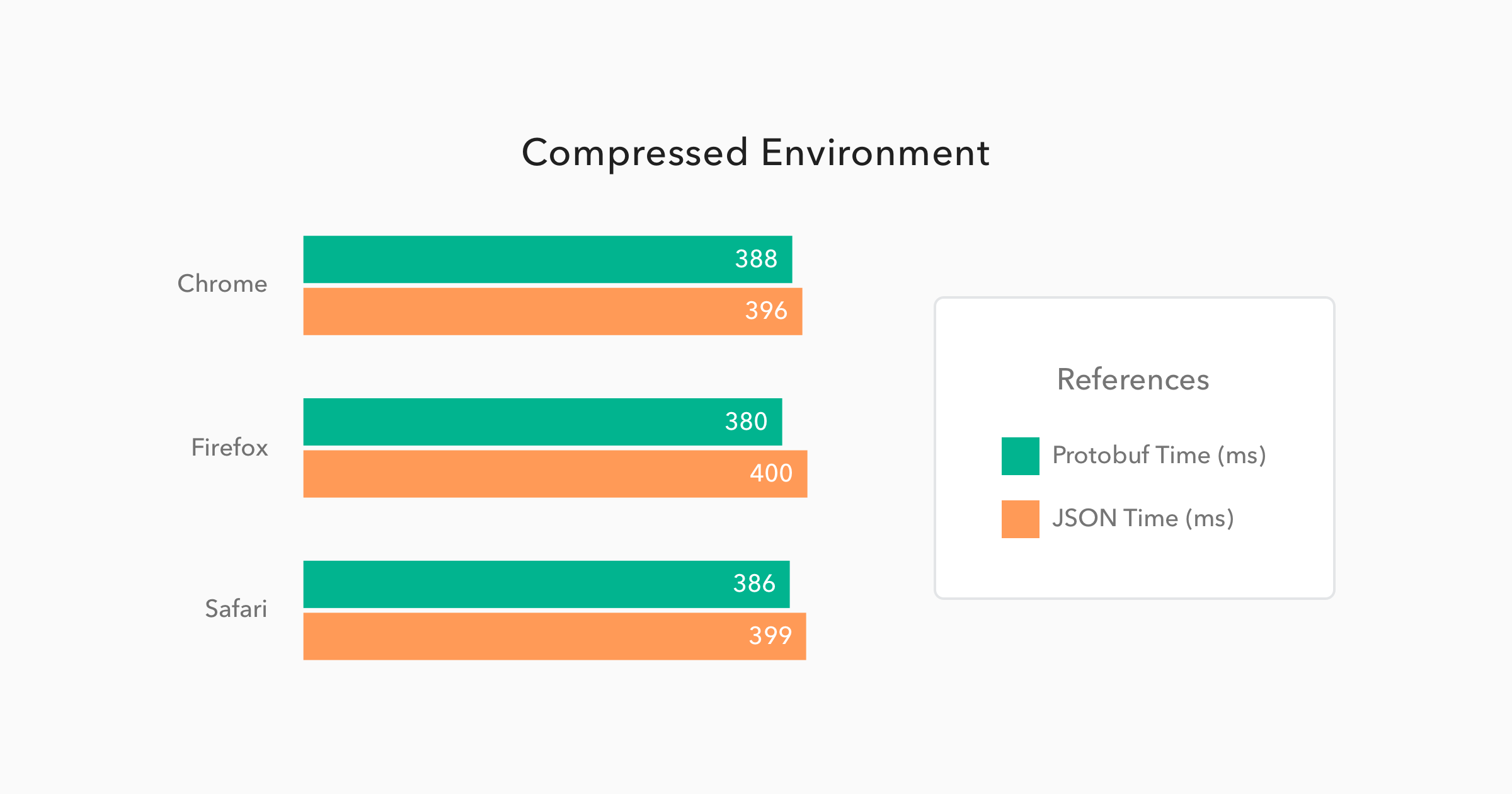
Unserialize() takes a single serialized variable and converts it back into a PHP value. Warning Do not pass untrusted user input to unserialize() regardless of the options value of allowed_classes.
Each command inside the serialize() function is guaranteed to finish executing before the next one starts. Download Driver Printer Canon Ir 2520 Driver. In your example, the CREATE TABLE will finish before the INSERT gets run.
If you didn't use serialize() then the CREATE TABLE and INSERT statements would be run in parallel. They would start so quickly one after the other that the INSERT may actually finish before the table has been created, giving you an error about trying to insert data into a table that doesn't exist. Warhammer 40k 3d Files For 3d Printer here. This is called a race condition, because every time you run your program you might get a different winner.
Hp Laserjet 2200 Drivers Windows 8 here. If CREATE TABLE wins the race then the program will work fine. But if INSERT wins the race, the program will break with an error. Since you can't control who wins the race, serialize() will stop INSERT from even starting until CREATE TABLE has reached the end, ensuring you get the same outcome every time. In your second example with only one statement then serialize() is still required. This is because run() starts the SQL query but returns immediately, leaving the query to run in the background. Since your very next command is one to close() the database, you'll cut it off while the query is still running. Since serialize() doesn't return until the last of its internal queries has completed, using it will hold off the close() until the query has completed.
If you were using a different type of query (say in response to a user clicking a button on a web page, where the database is left open between calls) then you probably wouldn't need serialize(). It just depends whether the code that follows each query requires that the queries before it have completed or not. When deciding whether to use serialize() or not, it can be helpful to think of any non-serialized queries as if they are commented out, and then see if the code would still work. In your first example above, removing the CREATE TABLE command would break the following INSERT statement (because then there'd be no table to insert into), therefore these need to be serialised. But if you had two CREATE TABLE commands then removing one would not affect the other, so those two commands would not have to be serialized. (This tip doesn't apply to close() however - the rule of thumb there is to only call close() once everything has finished running.).